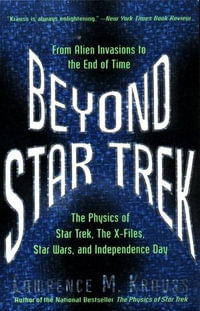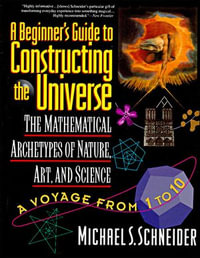This book focuses on the formulation of mathematical models for the light curves of eclipsing binary stars, and on the algorithms for generating such models. Since information gained from binary systems provides much of what we know of the masses, luminosities, and radii of stars, such models are acquiring increasing importance in studies of stellar structure and evolution. As in other areas of science, the computer revolution has given many astronomers tools that previously only specialists could use; anyone with access to a set of data can now expect to be able to model it. This book will provide astronomers, both amateur and professional, with a guide for specifying an astrophysical model for a set of observations, selecting an algorithm to determine the parameters of the model and estimating the errors of the parameters. It is written for readers with knowledge of basic calculus and linear algebra; appendices cover mathematical details on such matters as optimization, coordinate systems, and specific models. While emphasizing the physical and mathematical framework, the discussion remains close to the problems if actual implementation. It begins with an overview of the problem and a discussion of the observational data that form the basis of any model. The treatment then turns to the direct problem (computing the light curve and other observables from the a given set of parameters) and then to the indirect problem (determining a best-fit set of parameters from the data). The book concludes with chapters on specific models and approaches and the authors views on the structure of future light-curve programs. The second edition consists of corrections of errors. There a is new physics in light curve models mentioned. Inclusive are distance fitting and implications on T1. Other improvements within the 2E: third stars - dynamical effects, spot variation over various epochs and simultaneous fitting, new features in the WD program, new applications inastronomy and astrophysics, transits in extra solar planetary systems, planetary simulation work, GAIA project - analyzing huge amounts of data, light curve analysis for non-eclipsing binary star people, new interesting literature cases, Milone s papers, other interesting papers, new (software) developments in the eclipsing binary community, PHOEBE, Binary Maker 3.0 and finally ephemerides from whole light and velocity curves.
























